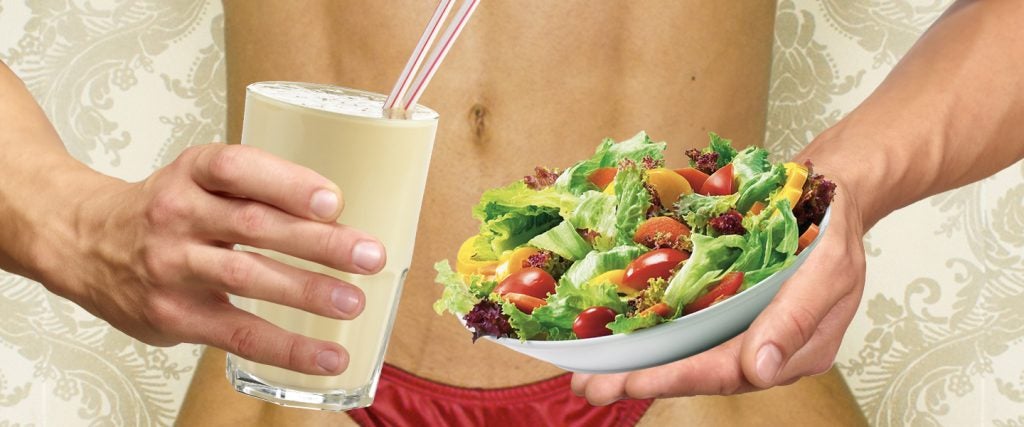Several years ago, it was determined that the average American spends roughly six hours cooking every week. Cooking is defined as the practice of preparing food by combining, mixing and heating ingredients. For our purposes, the critical word here is “heating,” but even the combining and mixing elements of cooking can be too laborious for those who don’t want to waste any time on food prep. In fairness, imagine what you could accomplish if you could reclaim those 312 hours spent combining, mixing and heating each year. (I’ll wait.)
Another reason to search for alternatives to cooking is because although cooking may improve the digestibility of some food sources, it absolutely decimates the micronutrient value of other comestibles. There’s no clearer example than fruits and vegetables. As lauded as vegetables are for their vitamin content, those values are reduced by a marked degree when heat is applied to them.
But of course, it isn’t all about time reclamation or nutrition either. If you happen to be burdened by the fear that you’re somehow so unskilled in the kitchen that you’re going to ruin any morsel of nutrition that you apply heat to, you probably want to know how to eat healthy without having to cook as well.
Speaking of which, let’s take a look at each of the three major meals and determine an alternative path that will provide you with nutritious and enjoyable food options without you having to do a lick of cooking — even if a little bit of combining and mixing is still suggested.
Breakfast
If you roll out of bed and you’re immediately looking for breakfast, what are you typically on the lookout for? If you’re like me, you’re looking for the protein-packed benefits of an egg-and-cheese breakfast. How do you get this if you don’t cook? You know how there’s an app for everything? Well, in the fitness world, there’s a powder for damn near everything. In this case, you may have to mix some powders together, but egg protein powder and casein protein powder (i.e., the protein contained in cheese) are both readily available off the shelves.
Like Rocky, you can also drink your eggs raw. But besides the fact that raw eggs bring with them an elevated risk of contracting salmonella, they’ve been proven to be only half as digestible as cooked eggs, too.
Outside of the egg realm, there’s nothing wrong with the combination of a banana, milk, yogurt or a breakfast cereal. You might even be inclined to make things interesting by sticking several of these items into a blender, along with the protein powders, and preparing a smoothie for yourself. In reality, though, in the time it takes you to drop them into a blender with ice, grind them all up and pour them out, you could just eat or drink them separately and save yourself some time.
Lunch
One word: Sandwiches.
I’d suggest you forego the PB&J and opt for some sort of meat with that sandwich, but if you have deli meat on hand, or even some tuna, you can unite those delicious proteins with lettuce, tomatoes, cucumbers or whatever other vegetables you prefer, and prepare yourself a satisfying and healthy midday meal. If you want to complete the picture and take it back to your days of brown-bagging it to elementary school, you can pack a banana alongside an orange, apple or some grapes, and get some potassium and easily digested glucose into your system.
Dinner
This is when the desire to heat your food might be the strongest, but if you have a fondness for salads, cheeses and wraps, it’s entirely possible to enjoy an evening meal and still do the bare minimum in the kitchen.
First of all, virtually any salad in the world can be bound in a corn tortilla and labeled as a “wrap,” so we should probably use the salad as our starting point. You can always go the traditional house salad route by dicing up onions, tomatoes, cucumbers and other veggies, and then binding them together in a tortilla with dressing. However, if you’re looking for protein, there are ways to add it that don’t require the stove.
You could go back to the deli counter, you could revisit the tuna can, you can spring for store-bought rotisserie chicken or you can slice up some cheese. There are also vegetarian protein options like tofu and high-protein legumes such as chickpeas, which are the foundation for hummus.
If you decide to get really creative, you can always hollow out a fruit or a vegetable — like an avocado, a bell pepper or a cucumber — and stuff it with something you’ve diced up and mixed together. You could even use a leafy lettuce in place of the tortilla wrap to save additional calories.
Sure, some people might consider hollowing out a vegetable “cooking” — or more meal prep than they’d like — but it’s without a doubt cheaper than any healthy takeout option, especially if you’re gonna require three uncooked meals a day.

